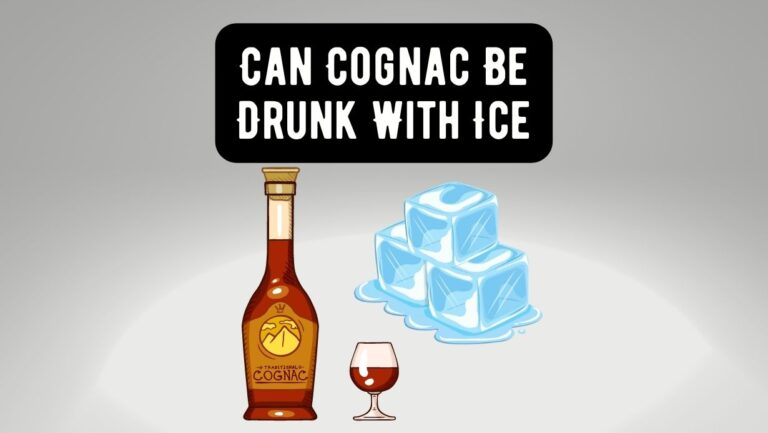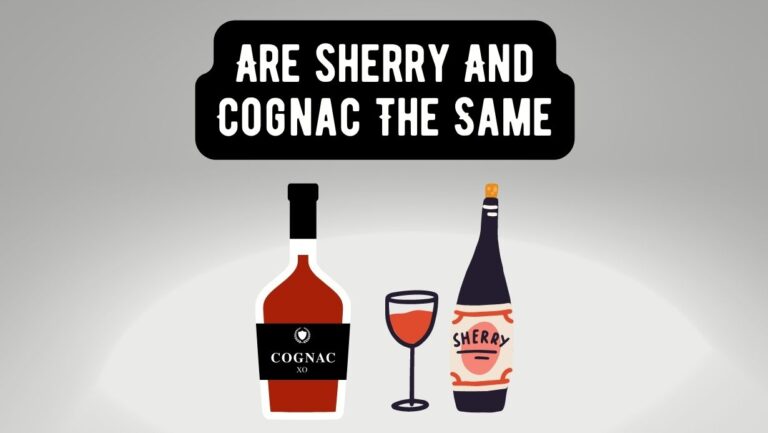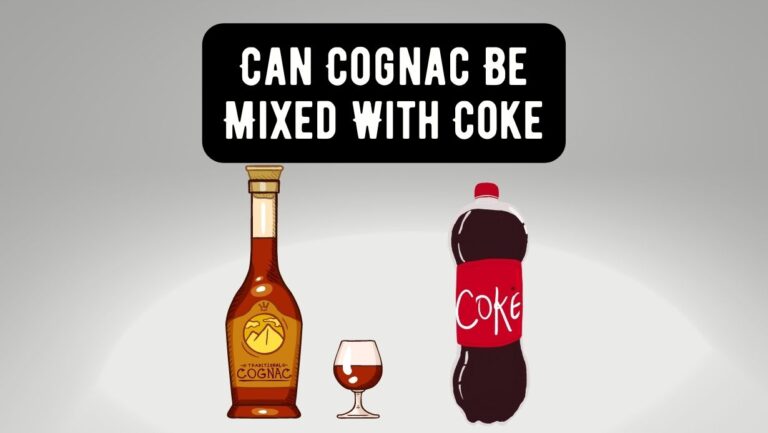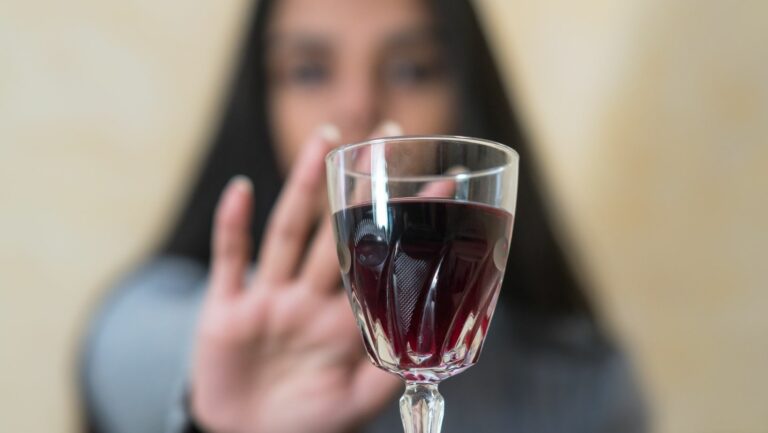
Cognac is a renowned spirit that carries a rich heritage and a distinctive reputation. It is widely recognized as a French brandy produced in the Cognac region of southwestern France. However, questions arise regarding the possibility of producing cognac outside of France.
In this article, we will delve into the geographical indication and legal framework that protects the term “Cognac,” explore the factors that make the Cognac region unique, and discuss the regulations and limitations surrounding the production of cognac. By understanding the geographical boundaries and legal aspects, we can gain insight into the exclusivity and authenticity of this esteemed French spirit.
The Cognac Region and Geographical Indication
1.1 The Cognac Region: The Cognac region, located in the departments of Charente and Charente-Maritime in France, is internationally recognized for its production of cognac. The region’s climate, soil, and expertise have contributed to the creation of a unique terroir that is essential in crafting the characteristic flavors and aromas of cognac.
1.2 Protected Geographical Indication (PGI): Cognac holds a Protected Geographical Indication (PGI) status, which ensures that only spirits produced within the defined geographic boundaries can be labeled as “Cognac.” This legal protection guarantees the authenticity and quality of the product and safeguards against imitation or misrepresentation.
The Unique Factors of the Cognac Region
2.1 Terroir and Soil: The Cognac region’s terroir, characterized by its maritime climate and chalky limestone soil, contributes significantly to the quality and character of the grapes grown in the area. The specific combination of soil, sunlight, and rainfall provides ideal conditions for cultivating the Ugni Blanc (Trebbiano) grape, which is the primary grape variety used in cognac production.
2.2 Distillation Methods: The traditional distillation process employed in the Cognac region, known as double distillation in copper pot stills, plays a crucial role in shaping the flavors and aromas of cognac. This meticulous and regulated process is deeply rooted in the region’s history and craftsmanship.
2.3 Aging and Blending: Cognac’s aging process in oak barrels, often for a minimum of two years, contributes to its complexity and smoothness. The art of blending different eaux-de-vie (distilled spirits) from various years and vineyards is another defining aspect of cognac production, allowing producers to create consistent flavor profiles.
The Legal Framework of Cognac Production
3.1 French Appellation d’Origine Contrôlée (AOC) System: Cognac falls under the French Appellation d’Origine Contrôlée (AOC) system, which sets strict regulations and standards for its production. These regulations define the grape varieties, vineyard practices, distillation methods, aging requirements, and blending techniques that must be adhered to in order to label a product as “Cognac.”
3.2 Bureau National Interprofessionnel du Cognac (BNIC): The Bureau National Interprofessionnel du Cognac (BNIC) is the governing body that oversees and regulates the cognac industry. It ensures compliance with the AOC regulations, conducts quality control checks, and promotes the authenticity and reputation of cognac worldwide.
3.3 Legal Protection and International Recognition: Cognac’s geographical indication and the AOC status provide legal protection, both within the European Union and internationally. This protection prevents the use of the term “Cognac” for spirits produced outside the designated Cognac region, safeguarding the exclusivity and authenticity of the French product.
Cognac-Inspired Brandies and Alternatives
4.1 Brandies from Other Regions: While cognac production is exclusive to the Cognac region, there are brandies produced in other parts of the world that draw inspiration from cognac’s techniques and flavor profiles. These brandies may incorporate similar grape varieties, aging methods, or blending practices, but they cannot legally be called “Cognac.”
4.2 Regional Brandies and Their Distinctiveness: Different countries have their own brandy traditions, such as Spanish brandy, American brandy, or Armenian brandy. These brandies have their own unique characteristics and production methods, reflecting the terroir and cultural influences of their respective regions.
Conclusion
Cognac, as a protected and regulated spirit, can only be produced within the designated Cognac region in France. The geographical indication, legal framework, and unique factors of the Cognac region contribute to the exclusivity and authenticity of this renowned spirit. While other brandies may draw inspiration from cognac, they cannot be labeled as “Cognac” due to legal restrictions. Understanding the geographical boundaries and legal aspects surrounding cognac production allows us to appreciate its heritage, craftsmanship, and the distinct flavors that make it a truly exceptional French spirit.






